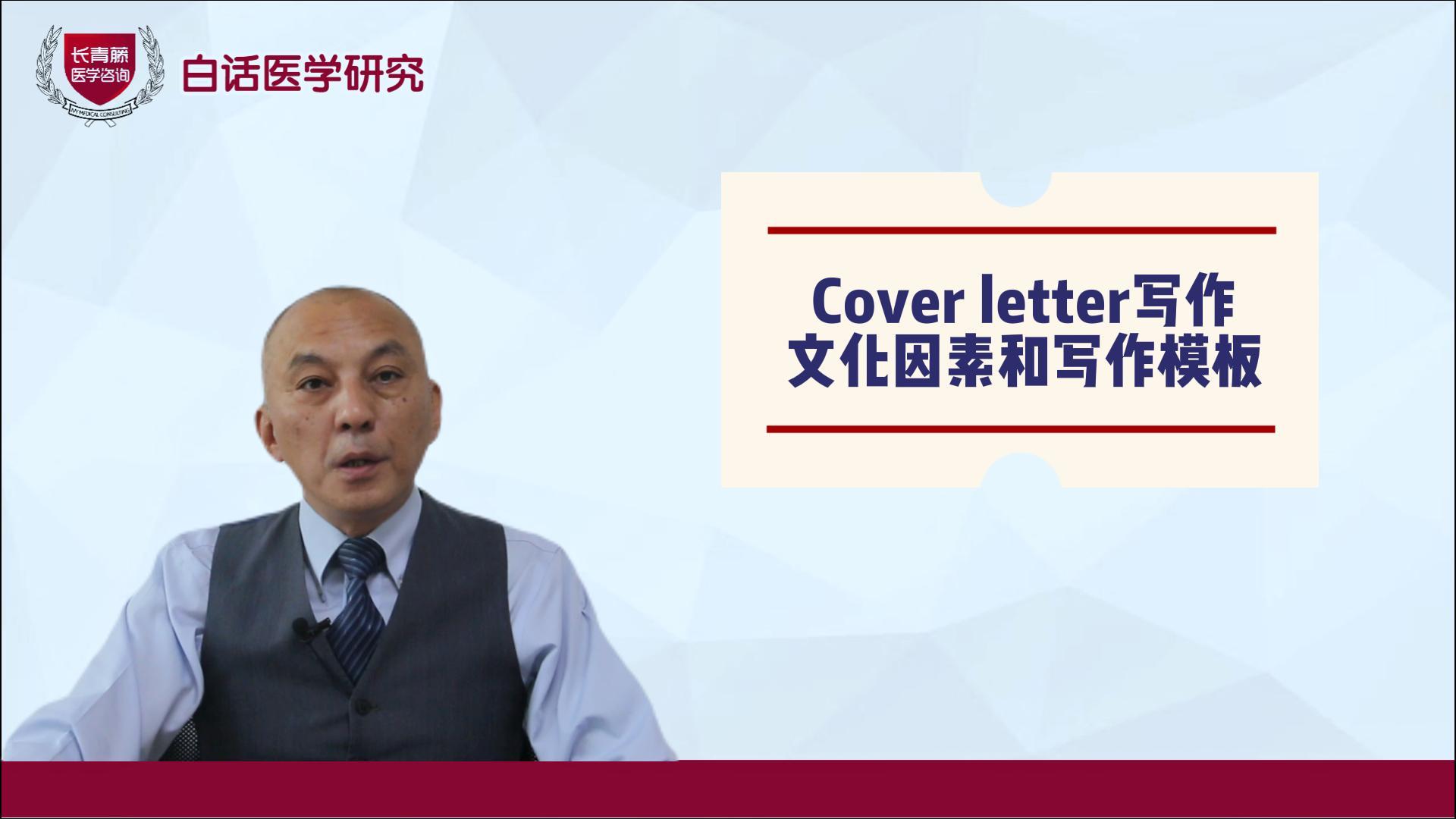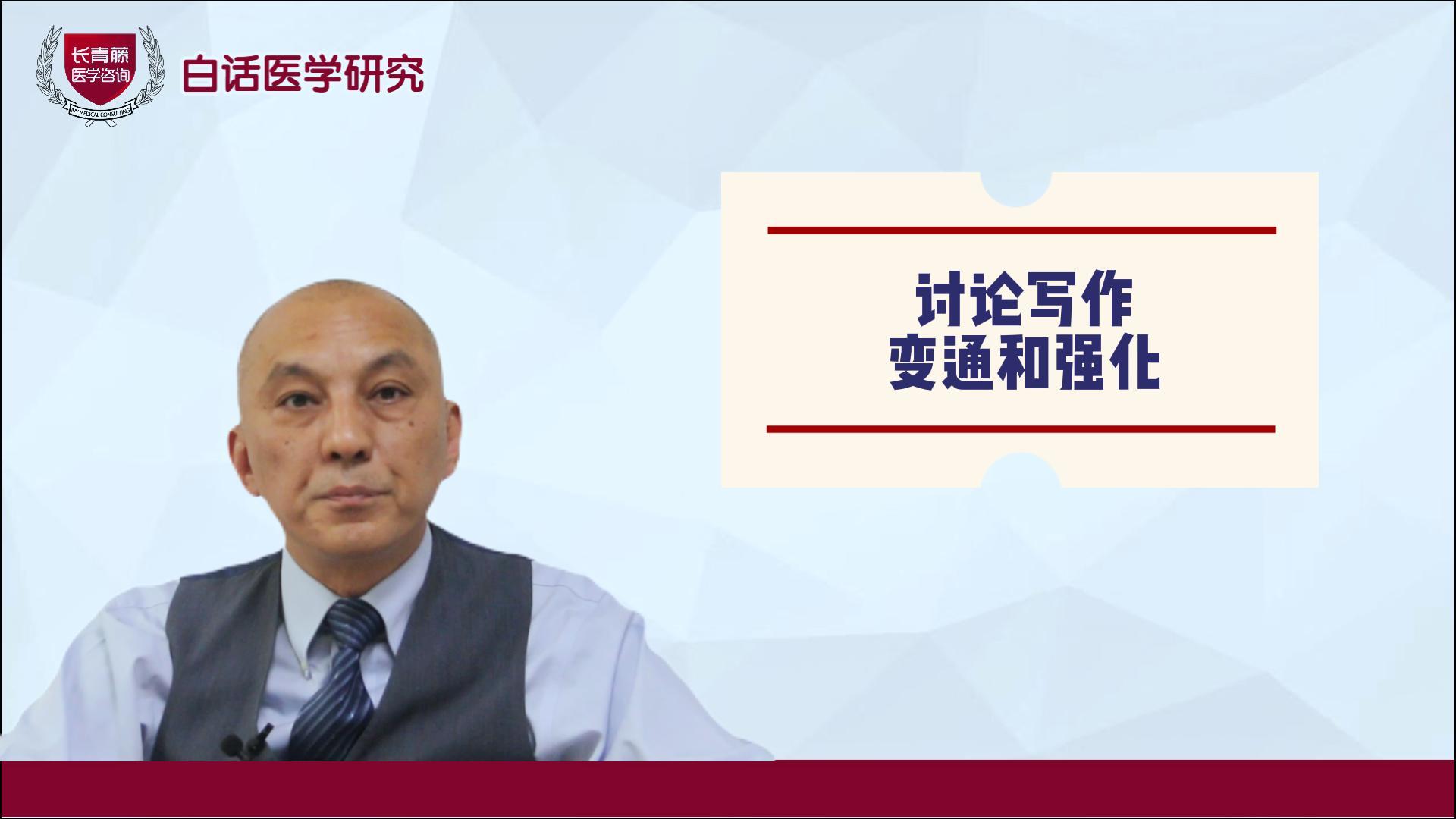1970-01-01

早期结外型NK/T细胞淋巴瘤(鼻型)的风险适应放疗

中国医学科学院肿瘤医院放疗科主任
李晔雄教授基于对放疗和化疗在早期NK/T细胞淋巴瘤治疗作用的全面研究,发现在早期NK/T细胞淋巴瘤的治疗中,放疗比化疗能大幅度提高患者的生存率;放疗剂量50Gy (50-59Gy)为最佳放疗剂量;即使化疗后完全缓解,再行放疗仍能较大幅度提高生存率;单纯化疗仅能治愈很小一部分病人。通过纳入年龄、ECOG PS评分、分期、乳酸脱氢酶、有无原始肿瘤侵袭等独立预后因素建立列线图,进行风险分级发现,在低风险组(无危险因素),相比放疗,放疗+化疗并不能使生存进一步获益,单纯放疗就能获得满意的治疗效果和生存;在高风险组(任一因素,包括年龄>60岁、乳酸脱氢酶升高、II期、ECOG评分>2、有原始肿瘤侵袭),相比单纯放疗或化疗+放疗,放疗+化疗是更有效的治疗,甚至,单纯放疗的治疗效果与化疗+放疗很接近,提示着先放疗后化疗的重要性;无论在低风险组、高风险组,还是晚期组,不含蒽环霉素成分的化疗方案比含蒽环霉素成分的化疗方案更能有效提高生存率;在中高危组,IMRT比3D-CRT更能提高生存率。
据上所有研究,李晔雄教授提出NK/T细胞淋巴瘤的治疗建议:低风险I期NK/T细胞淋巴瘤建议行单纯放疗;高风险I期建议先行放疗,观察疗效后再进一步制定治疗方案;高风险II期建议行放疗+化疗;晚期病人可考虑入组临床试验或基于天冬酰胺酶的化疗。
最后,李晔雄教授提出对诊治NK/T细胞淋巴瘤的未来展望:利用PET-CT/MRI等行更准确的分期;进一步结合EBV-DNA等临床危险因素来进行危险分级;进行更有效或更少毒性的治疗,如针对PD-1、PDL-1的免疫治疗以及针对EBV-DNA的靶向治疗。
Risk-Adapted Radiotherapy for Early Stage Extranodal NK/T-Cell Lymphoma, Nasal-type.
Based on a comprehensive study on the treatment effect of radiotherapy (RT) and chemotherapy (CT) in early NK/T cell lymphoma, prof Li found that in the treatment of early NK/T cell lymphoma, RT can significantly improve the survival rate compared with CT; the best radiation dose was 50 Gy (50-59 Gy); the survival rate can be significantly improved by additional RT in patients with complete remission after CT; CT alone can cure only a small number of patients. By incorporating the independent prognostic factors including age, ECOG PS score, stage, lactate dehydrogenase, and original tumor invasion to establishing a prognostic nomogram model to develop risk classification, professor Li found that in the low-risk subgroup (with no risk factor), compared with RT, RT+CT did not provide additional survival benefit; RT alone can gain satisfactory outcome; when in high-risk subgroup (with any risk factors, including age >60, elevated lactate dehydrogenase, Stage II, ECOG score > 2, with original tumor invasion), compared with RT alone or CT + RT, RT+CT is more effective, and the therapeutic effect of RT alone and CT+RT is similar, which suggested the importance of the sequence CT after RT. No matter in the low-, intermediate-, high-risk or the advanced subgroups, the CT regimen without anthracycline was more effective in improving the survival rate than the CT regimen with anthracyclinem; and in the intermediate- and high-risk subgroups, IMRT improved survival more than 3D-CRT.
According to all the studies above, professor Li proposed the treatment recommendation for NK/T cell lymphoma: RT alone for the high-risk Stage I subgroup; upfront RT for high-risk Stage I subgroup; RT+CT for high-risk Stage II subgroup; and inclusion in clinical trials or asparaginased-based CT for advanced patients.
Finally, prof Li proposed the future prospect of the diagnosis and treatment of NK/T cell lymphoma: more accurate staging with PET-CT/MRI; risk stratification with incorporation of molecular marker (EBV-DNA) and clinical factors; more effective or less toxic systemic treatments, such as immunotherapy for PD-1 and PDL-1, and targeted therapy to EBV-DNA.
百度浏览 来源 : 肿瘤资讯
版权声明:本网站所有注明来源“医微客”的文字、图片和音视频资料,版权均属于医微客所有,非经授权,任何媒体、网站或个人不得转载,授权转载时须注明来源:”医微客”。本网所有转载文章系出于传递更多信息之目的,且明确注明来源和作者,转载仅作观点分享,版权归原作者所有。不希望被转载的媒体或个人可与我们联系,我们将立即进行删除处理。 本站拥有对此声明的最终解释权。




发表评论
注册或登后即可发表评论
登录注册
全部评论(0)